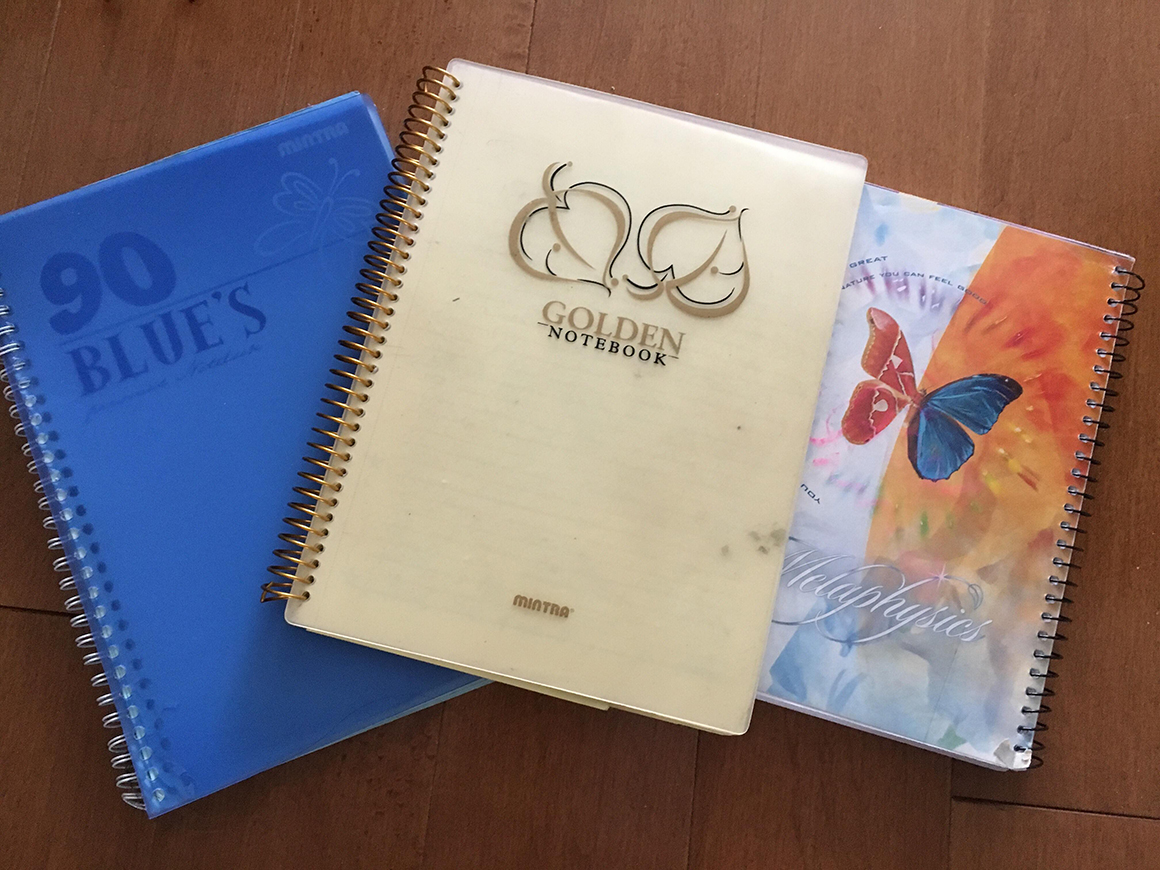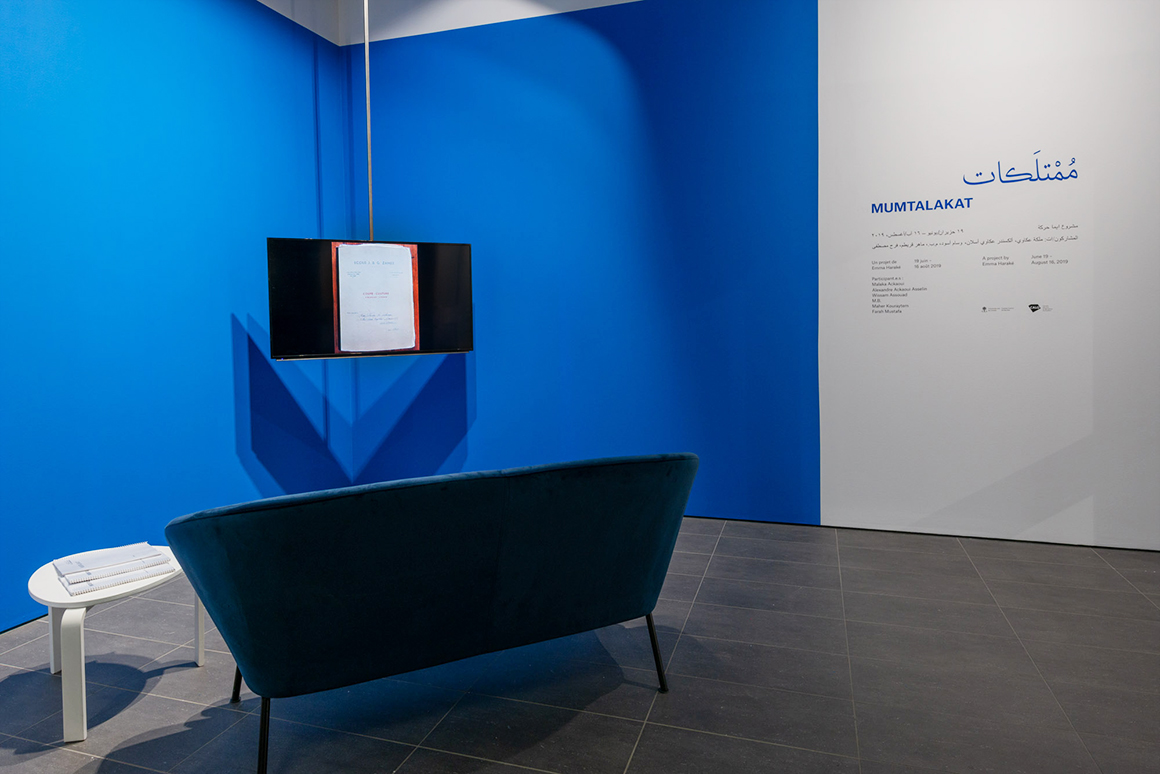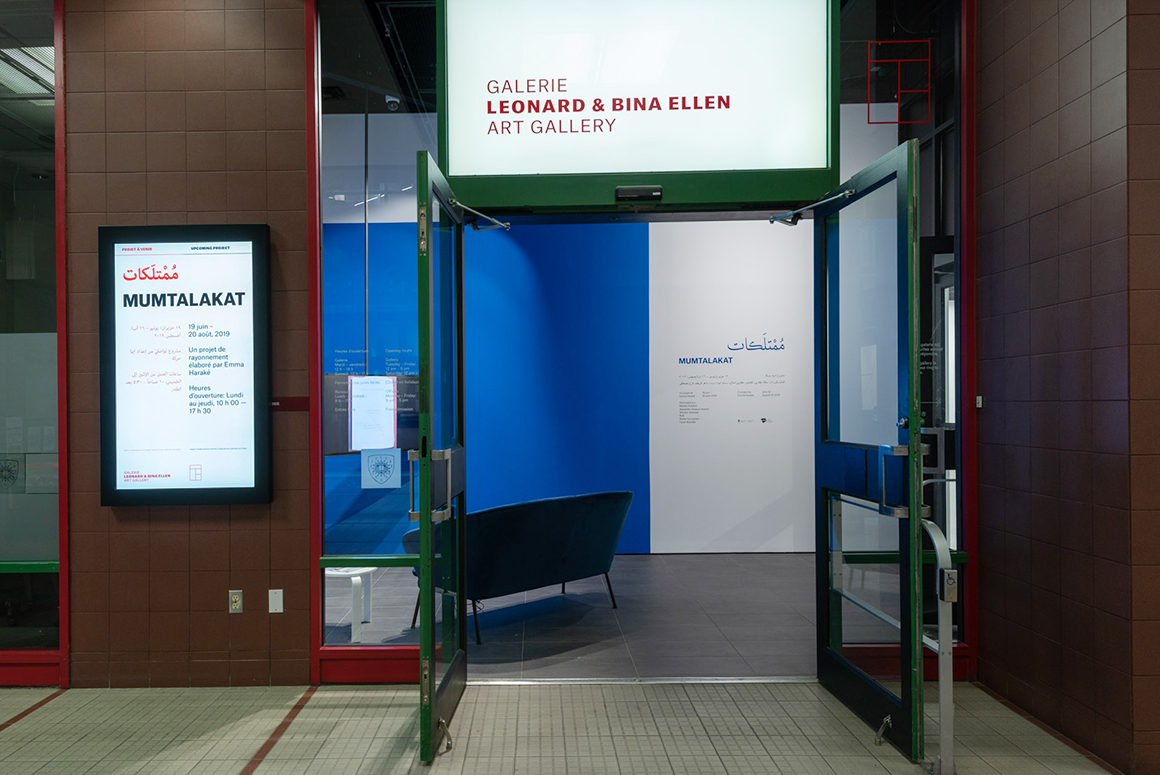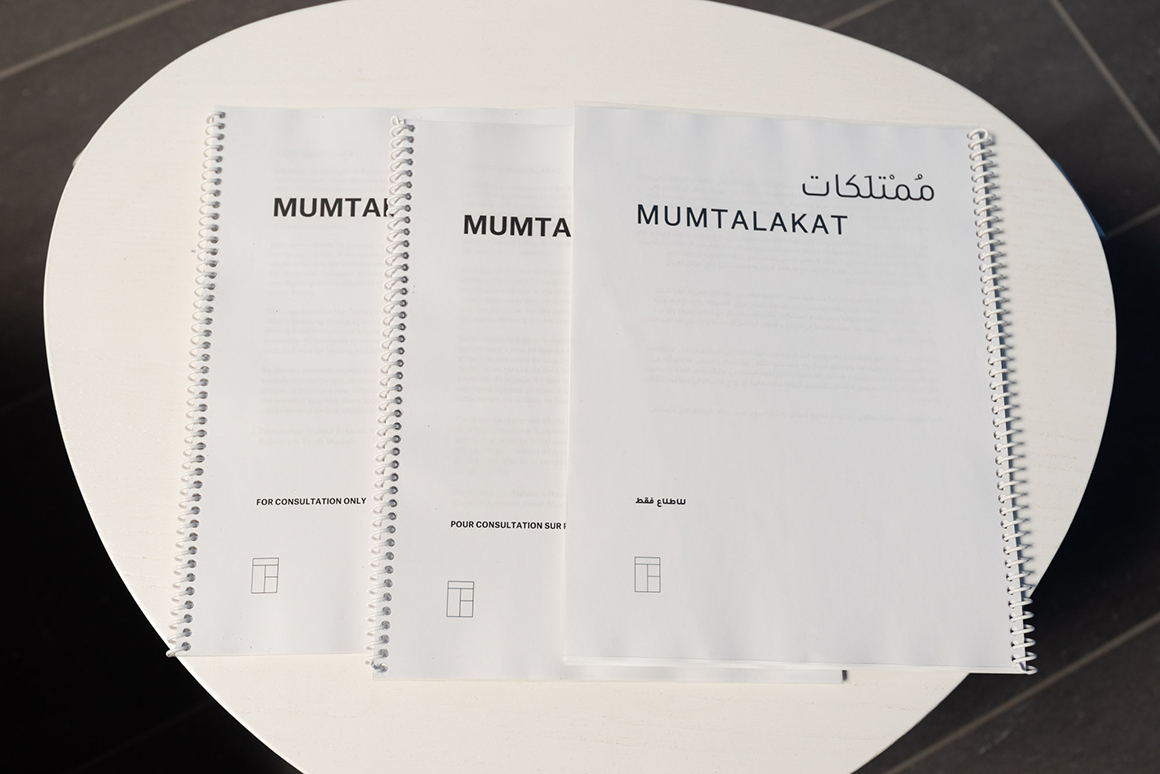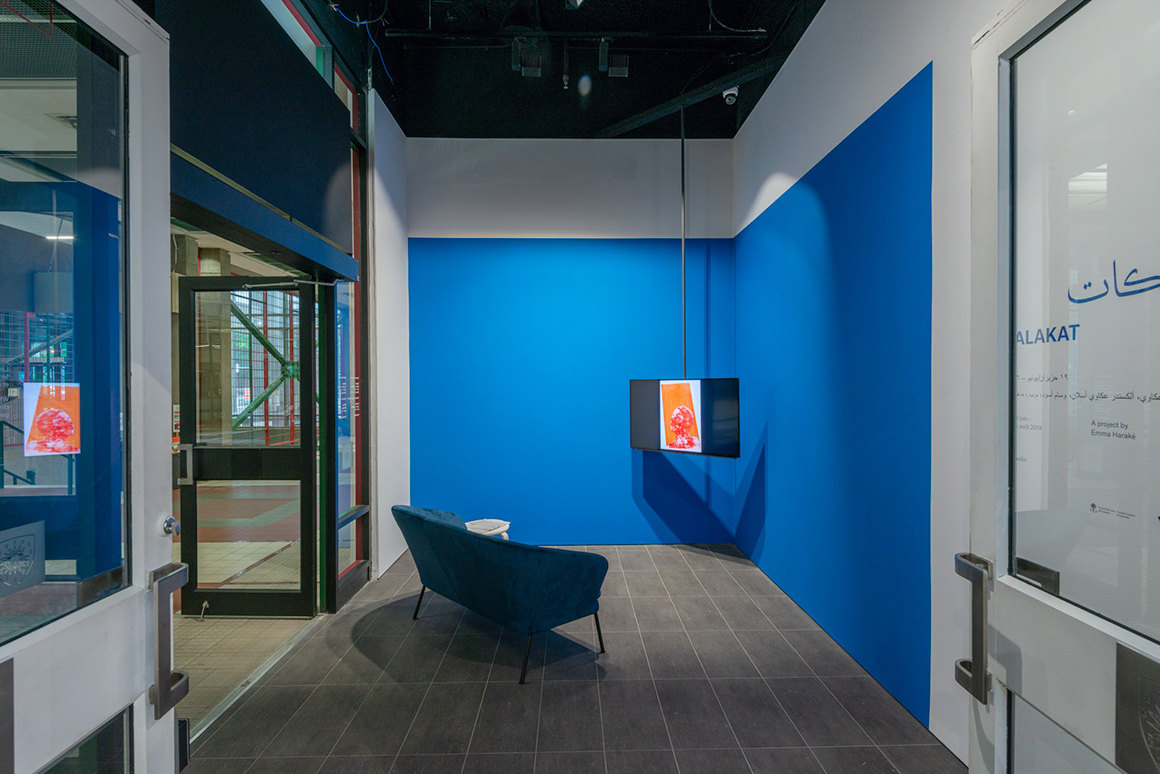مُمْتلَكات
MUMTALAKAT
في المدخل
١٩ حزيران/ يونيو – ١٦ آب/ أغسطس ٢٠١٩
مشروع تواصليّ من إعداد ايما حركة
المشاركون/ات: ملَكة عكاوي، ألكسندر عكاوي أسلان، وسام أسود، م.ب.، ماهر قريطم، فرح مصطفى
ساعات العمل من الإثنين إلى الخميس، ١٠ صباحاً – ٥:٣٠ بعد الظهر
In the vestibule
June 19 – August 16, 2019
An outreach project developed by Emma Haraké
Participants: Malaka Ackaoui, Alexandre Ackaoui Asselin, Wissam Assouad, M.B., Maher Kouraytem, Farah Mustafa
Opening hours: Monday to Thursday, 10:00 am – 5:30 pm
ورد في تفسير كلمة “ممتلكات” لغويّاً واصطلاحيّاً عدّة معانٍ، منها: أنّها تعني المُلك أو التملّك، وهي بذلك لا تتعلق فقط بماديّة الأشياء ولكن بظواهر القوة والهيمنة. وبذلك فان العنوان ينظر في الطرق التي تقولب فيها الأشياء العلاقات، مما يدعو للتفكير في قدرة هذه الأشياء على احتواء معانٍ متعددة وأداء وظائف شخصية وثقافية. كما أنه يقارب تعريفات عدة متباينة للأشياء ككيانات مفاهيمية تحمل معها أثر ذكريات تجربة الهجرة.
مع تركيزه على طرق المعالجة، يعمل كل تكرار لهذا المشروع التاريخي الشفوي متعدد الأجزاء كموقع تلاقٍ وتواصل حيث بالإمكان صياغة خطابات جديدة. ويرصد المشروع بشكل عام تعقيدات العمليّات التعاونيّة، إذ يعيد النظر في صورة الباحث / الفنان كمؤلفٍ رئيسي للعمل، مع إعطاء الأولوية لوجهات نظر المشاركين، كما انه يحقّق في كيفية التداول مع وجهات النظر والعلاقات من خلال ورش العمل والمعارض والفعاليات العامة.
تضم الردهة الأمامية للغاليري أغراضاً شخصية تعود لخمسة مهاجرين يتحدثون العربية: أيقونة، دب (دبدوب)، بطاقات هوية، أدوات إنقاذ، مذكرات، دفاتر خياطة، مفتاح منزل، مسبحة، رواية، كوفية، ورقة مدرسية، بطاقة بريدية، وتذكارات سفر. يقدم “ممتلكات” مقتنياته كبقايا أثر من أماكن بعيدة وتجارب حيوات عاشت في كنفها، مما يفسح مجالاً في الزمان والمكان الحاضر للبحث والتأمل في مفاهيم المنزل والهوية والانتماء.
كما انه من خلال وضع المقتنيات والمرويات الشخصية تحت فئة الجماليات أستَاطِيقا، فإن “ممتلكات” يستقرأ مدى الرؤية وقيودها. وإذ يخلق المشروع مساحات للتلاقي بين العام والخاص، فانه يبحث في كيفية قيام نماذج واستراتيجيات التمثيل المختلفة باختبار تخوم الشخصيّ، وكيف يمكن لهذه الأساليب خلق مقاربات جديدة وتوسيع احتمالات التفسير للروايات الشفهية، إذ تولج الأشياء في سياقها الثقافي الأشمل.
Meaning “belongings” in Arabic, the word mumtalakat is derived from the Arabic root to own, to govern. Thus, Mumtalakat has to do not only with the materiality of objects, but also with a phenomenology of dominance, of power. As a title, it considers the ways in which objects shape interaction, inviting reflection on their ability to hold multiple meanings and perform personal and cultural functions. It also engages various understandings of objects as conceptual entities that carry affective memories of the migration experience.
With an emphasis on process, each iteration of this multi-part oral history project functions as a site of encounter where new discourses can be articulated. The project as a whole considers the complexities of collaborative processes, questioning conventions of the researcher/educator as main author, prioritizing participants’ perspectives, and investigating how to negotiate these relations and viewpoints through an exhibition and public events.
This installment in the Gallery’s vestibule features personal objects belonging to five Arabic-speaking immigrants: an icon, teddy bear, identity cards, rescue tools, diaries, sewing notebooks, house key, rosary, book, Keffiyeh, school note, postcard, and travel souvenirs. As remnants of remote oversea experiences, these objects open a space in the here and now for looking and reflecting on notions of home, identity and belonging.
By placing personal objects and narratives under the category of the aesthetic, Mumtalakat considers visibility and its constraints. Prompting encounters between the public and the private, it questions how different forms and strategies of representation test the limits of the personal and how these approaches can extend the interpretive potential of oral narratives and embed objects in their larger cultural contexts.
ورد في تفسير كلمة “ممتلكات” لغويّاً واصطلاحيّاً عدّة معانٍ، منها: أنّها تعني المُلك أو التملّك، وهي بذلك لا تتعلق فقط بماديّة الأشياء ولكن بظواهر القوة والهيمنة. وبذلك فان العنوان ينظر في الطرق التي تقولب فيها الأشياء العلاقات، مما يدعو للتفكير في قدرة هذه الأشياء على احتواء معانٍ متعددة وأداء وظائف شخصية وثقافية. كما أنه يقارب تعريفات عدة متباينة للأشياء ككيانات مفاهيمية تحمل معها أثر ذكريات تجربة الهجرة.
مع تركيزه على طرق المعالجة، يعمل كل تكرار لهذا المشروع التاريخي الشفوي متعدد الأجزاء كموقع تلاقٍ وتواصل حيث بالإمكان صياغة خطابات جديدة. ويرصد المشروع بشكل عام تعقيدات العمليّات التعاونيّة، إذ يعيد النظر في صورة الباحث / الفنان كمؤلفٍ رئيسي للعمل، مع إعطاء الأولوية لوجهات نظر المشاركين، كما انه يحقّق في كيفية التداول مع وجهات النظر والعلاقات من خلال ورش العمل والمعارض والفعاليات العامة.
تضم الردهة الأمامية للغاليري أغراضاً شخصية تعود لخمسة مهاجرين يتحدثون العربية: أيقونة، دب (دبدوب)، بطاقات هوية، أدوات إنقاذ، مذكرات، دفاتر خياطة، مفتاح منزل، مسبحة، رواية، كوفية، ورقة مدرسية، بطاقة بريدية، وتذكارات سفر. يقدم “ممتلكات” مقتنياته كبقايا أثر من أماكن بعيدة وتجارب حيوات عاشت في كنفها، مما يفسح مجالاً في الزمان والمكان الحاضر للبحث والتأمل في مفاهيم المنزل والهوية والانتماء.
كما انه من خلال وضع المقتنيات والمرويات الشخصية تحت فئة الجماليات أستَاطِيقا، فإن “ممتلكات” يستقرأ مدى الرؤية وقيودها. وإذ يخلق المشروع مساحات للتلاقي بين العام والخاص، فانه يبحث في كيفية قيام نماذج واستراتيجيات التمثيل المختلفة باختبار تخوم الشخصيّ، وكيف يمكن لهذه الأساليب خلق مقاربات جديدة وتوسيع احتمالات التفسير للروايات الشفهية، إذ تولج الأشياء في سياقها الثقافي الأشمل.
Meaning “belongings” in Arabic, the word mumtalakat is derived from the Arabic root to own, to govern. Thus, Mumtalakat has to do not only with the materiality of objects, but also with a phenomenology of dominance, of power. As a title, it considers the ways in which objects shape interaction, inviting reflection on their ability to hold multiple meanings and perform personal and cultural functions. It also engages various understandings of objects as conceptual entities that carry affective memories of the migration experience.
With an emphasis on process, each iteration of this multi-part oral history project functions as a site of encounter where new discourses can be articulated. The project as a whole considers the complexities of collaborative processes, questioning conventions of the researcher/educator as main author, prioritizing participants’ perspectives, and investigating how to negotiate these relations and viewpoints through an exhibition and public events.
This installment in the Gallery’s vestibule features personal objects belonging to five Arabic-speaking immigrants: an icon, teddy bear, identity cards, rescue tools, diaries, sewing notebooks, house key, rosary, book, Keffiyeh, school note, postcard, and travel souvenirs. As remnants of remote oversea experiences, these objects open a space in the here and now for looking and reflecting on notions of home, identity and belonging.
By placing personal objects and narratives under the category of the aesthetic, Mumtalakat considers visibility and its constraints. Prompting encounters between the public and the private, it questions how different forms and strategies of representation test the limits of the personal and how these approaches can extend the interpretive potential of oral narratives and embed objects in their larger cultural contexts.







